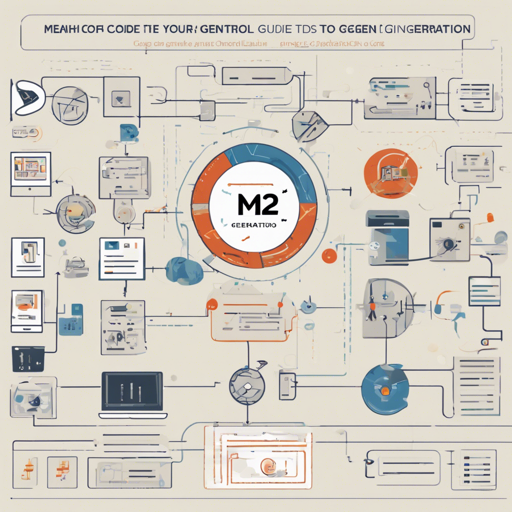Are you ready to take your statistical models from the realm of Python to the vast horizons of other programming languages? Welcome to **m2cgen**! This lightweight library allows users to transpile trained models into native code across various languages. In this blog, we’ll guide you through the installation, usage, and troubleshooting of this fantastic tool.
Installation
Before you dive in, make sure you have Python version 3.7 installed. To get started with **m2cgen**, simply run the following command:
pip install m2cgenHow to Use m2cgen
Using **m2cgen** is straightforward. Imagine you’re an architect who has designed a beautiful house (your statistical model). m2cgen is your construction crew, converting your blueprint into different types of homes (code in various languages). Here’s how you can do it:
Step-by-Step Example
Let’s say you’ve trained a linear regression model in Python. You can represent this model in Java code using **m2cgen** as follows:
from sklearn.datasets import load_diabetes
from sklearn import linear_model
import m2cgen as m2c
X, y = load_diabetes(return_X_y=True)
estimator = linear_model.LinearRegression()
estimator.fit(X, y)
code = m2c.export_to_java(estimator)
This Java code is like the construction team’s blueprint that defines how to build each room based on the architect’s (your model’s) design.
Supported Languages
- C
- C#
- Dart
- F#
- Go
- Java
- JavaScript
- PHP
- PowerShell
- Python
- R
- Ruby
- Rust
- Visual Basic (VBA-compatible)
- Elixir
Common Troubleshooting Issues
Sometimes things might not go as planned during your journey with m2cgen. Here are some common issues and solutions:
- Recursion Error: If you encounter a “maximum recursion depth exceeded” error, this could occur when generating code from complex ensemble models. You can either reduce the number of estimators used or increase the maximum recursion depth using
sys.setrecursionlimit(new_depth). - Import Error: If the error states “No module named module_name_here”, it means that your model’s class definitions must be importable in your environment. Ensure that the necessary modules are installed.
- Different Output Values: If the code generated by m2cgen is giving different results than the initial Python model, it might be due to type casting issues. m2cgen currently supports float64 data types. Double-check the input types being fed into the model.
For more insights, updates, or to collaborate on AI development projects, stay connected with fxis.ai.
Final Thoughts
At fxis.ai, we believe that such advancements are crucial for the future of AI, as they enable more comprehensive and effective solutions. Our team is continually exploring new methodologies to push the envelope in artificial intelligence, ensuring that our clients benefit from the latest technological innovations.
Conclusion
m2cgen is a powerful tool for anyone looking to convert their trained models into executable code across various languages. By following the steps outlined above, you’ll be prepared to tackle any model code generation challenge. Now, get started and let your models speak in the language of your choice!

